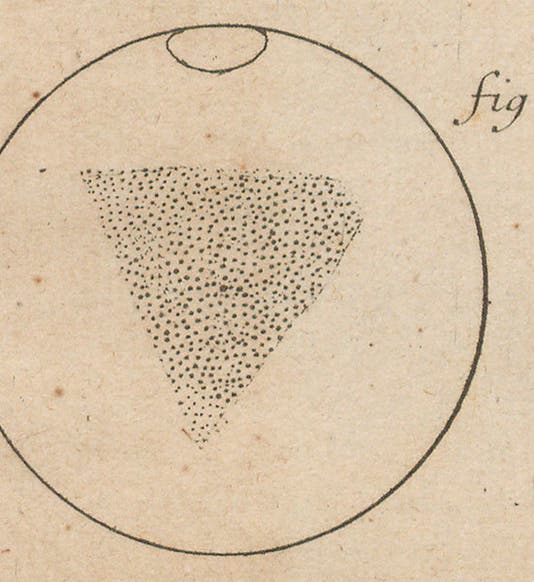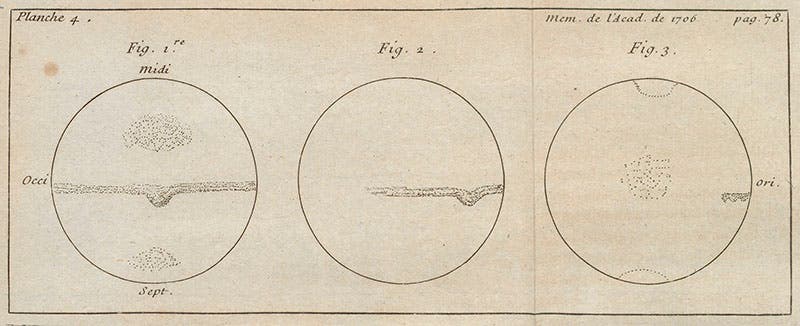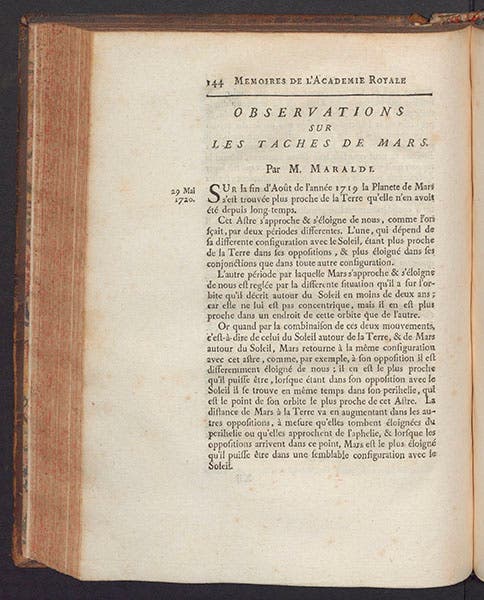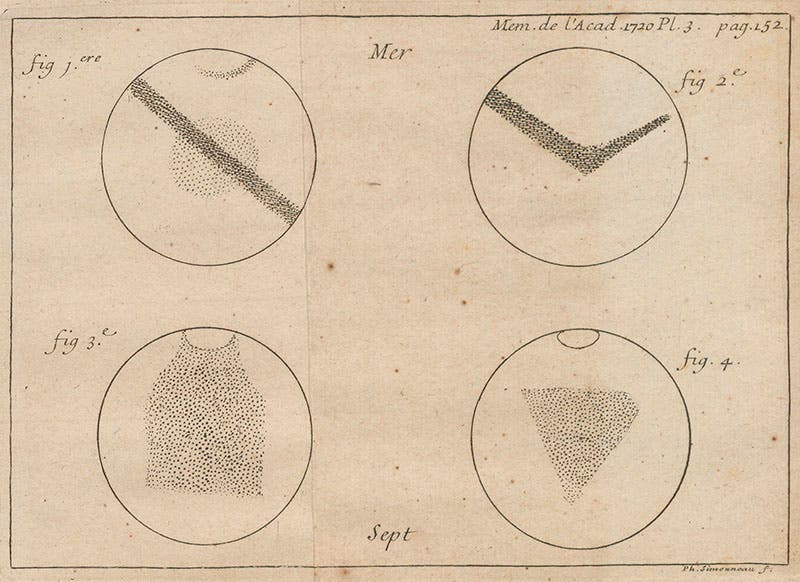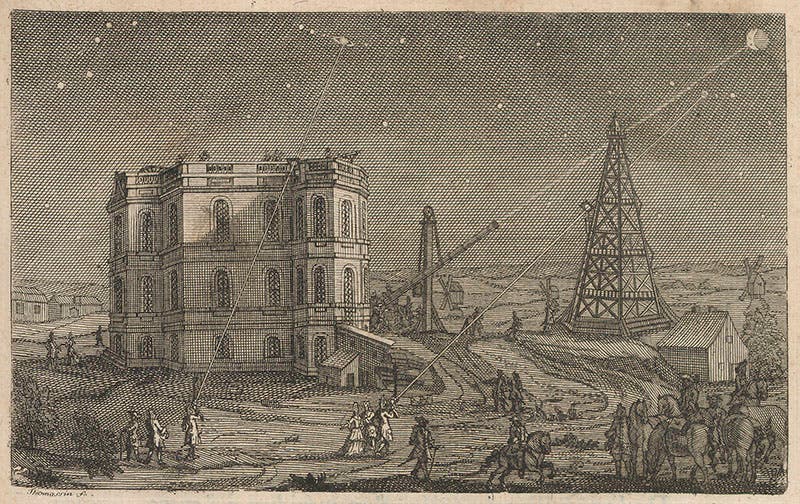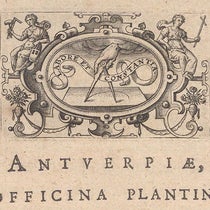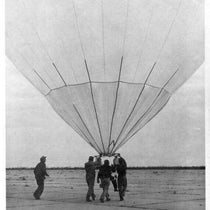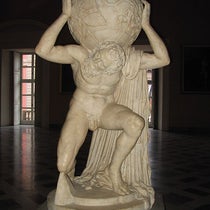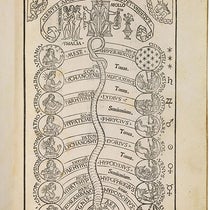Scientist of the Day - Giacomo Maraldi
Giacomo Filippo Maraldi, a French astronomer, was born Aug. 21, 1665. There were only four noteworthy observers of Mars in the first 170 years of the telescope. One was Giovanni Domenico Cassini, who came from Italy to direct the Paris Observatory and was the first to measure the daily rotation period of Mars. The second was Robert Hooke, who observed Mars at the opposition of 1672 and published several drawings of its surface, but with no recognizable features. The third was Christiaan Huygens, whose drawings of the Mars are the first to depict known features, but which were not published at the time and only came to light in the 20th century. And the fourth was our man of the day, Maraldi, who just happened to be the nephew of Giovanni Cassini.
Maraldi spent most of his observing time at the Paris Observatory, and when Mars was in a favorable position, he devoted all of that time to the Red Planet. The best times to observe Mars are during perihelic oppositions, which occur when Mars is at its closest to the Sun, and the Earth is between Mars and the Sun. This happens every 15 or 17 years, and Mars then appears as large as it ever gets to an Earthling. A perihelic opposition of Mars occurred in 1704, and another in 1719, and Maraldi spent many nights observing both of them (as well as the less favorable oppositions in between). He published a paper in the Memoires of the French Royal Academy of Sciences in 1706, which contained three drawings of the surface of Mars (second image), and another in 1720 (third image), which has four drawings (fourth image). These are the first published drawings to show features of Mars that we can recognize. His uncle published several drawings (on the same plate in the same journal where Hooke published his sketches), and we know Cassini must have seen real features, because he was able to measure the rotation speed, but we cannot recognize anything in his drawings. Maraldi's features, however, can be identified. The most recognizable is the triangular shape in the second set of drawings (see detail, first image), which is without doubt the feature we now call Syrtis Major. We once did a profile of Nathaniel Green, an areographer who lived 160 years after Maraldi, and you can easily see Syrtis Major on Green’s maps, called by him the Kaiser Sea, and looking very much like our sub-continent of India.
In addition to sketching Martian terrain, Maraldi also measured Mars’ period of rotation and confirmed the figure obtained by Cassini of 24 hours and 40 minutes. Cassini had observed the polar icecaps of Mars, but Maraldi studied the southern cap in particular (the one facing us during opposition), and found that it receded and grew with the seasons, and also that when it was small, it wobbled during rotation, indicating the polar caps were not coincident with the axis of rotation.
The telescope Maraldi used was a 34-foot refractor made by Giuseppe Campani, which Cassini had ordered from Italy for the Paris Observatory and was used by him to discover a new moon of Saturn. We have no explicit picture of this refractor, but in 1740, Cassini's son Jacques published a set of tables with an engraved headpiece depicting the Paris Observatory awash with activity, and we think that the large telescope at the back is intended to represent the Campani refractor, even though it is somewhat too thick for such a telescope (fifth image).
Maraldi's standing as the most accomplished observer of Mars would last only until the 1780s, when William Herschel entered the field with his large reflectors and blew the competition away. But we will always be able to say of Maraldi, that he was the first to publish an image of Mars’ Syrtis Major. Dr. William B. Ashworth, Jr., Consultant for the History of Science, Linda Hall Library and Associate Professor, Department of History, University of Missouri-Kansas City. Comments or corrections are welcome; please direct to ashworthw@umkc.edu.

